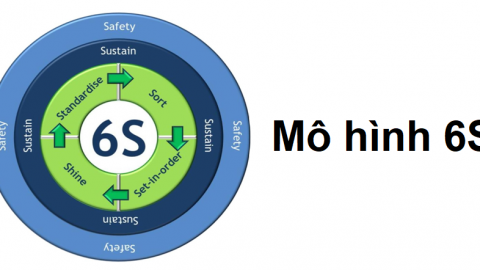
Illustration (Source: Internet)
Amada Miyachi America (AMYA) fully believes in lean principles and is willing to make a commitment to continuous improvement, so the company decided to adopt the 6S method to improve production efficiency.
AMYA’s first step in implementing the 6S was to screen the workspace in the factory by creating a list of all the equipment needed to assemble resistance welding products and laser machine systems on a daily basis. Put them in a separate vocabulary area. Other equipment and tools are classified according to frequency of use and storage elsewhere. This is done through the red card system, in which, every month, the management will spend 2 hours to attach the red 5S tag to any staff that is not used daily or weekly. and place it on a special large container for the purpose of collecting unused tools. A free lunch has been provided for the department that can tag most of the unnecessary equipment in their work area and fill up their tray. These tagged items have been reviewed by a separate team, deciding how and where these tools should be stored and sorted.
The next step is to set up the order of equipment, widgets, and workspace arrangements. AMYA purchased additional toolboxes and labeled them, then placed them in each working box throughout the manufacturing area. Thanks to the identification label, the time spent searching for tools has disappeared and labor efficiency has been greatly improved. In addition, the layout and location of the equipment and tools are also arranged so that the workers on the corresponding task can easily access them. This significantly saves travel time and improves labor safety quality.
With the equipment and tools in order, the next step is to make sure the factory is always clean. To keep this in mind, AMYA has added 14 dust brushes and several battery-powered vacuum cleaners and distributes each working area. To ensure the maintenance and cleaning of equipment objects and work spaces, a bell signal system has been created to indicate when employees need to clean their desks. These signals sound five minutes before every three breaks given to assemblers throughout the day and once every five minutes before the end of each shift. Thanks to the efforts of the management department as well as the staff and the factory floor as well as the equipment are always kept clean, the problems caused by dust accumulation machines are also significantly reduced.
(To be continued)
Productivity and Quality Office